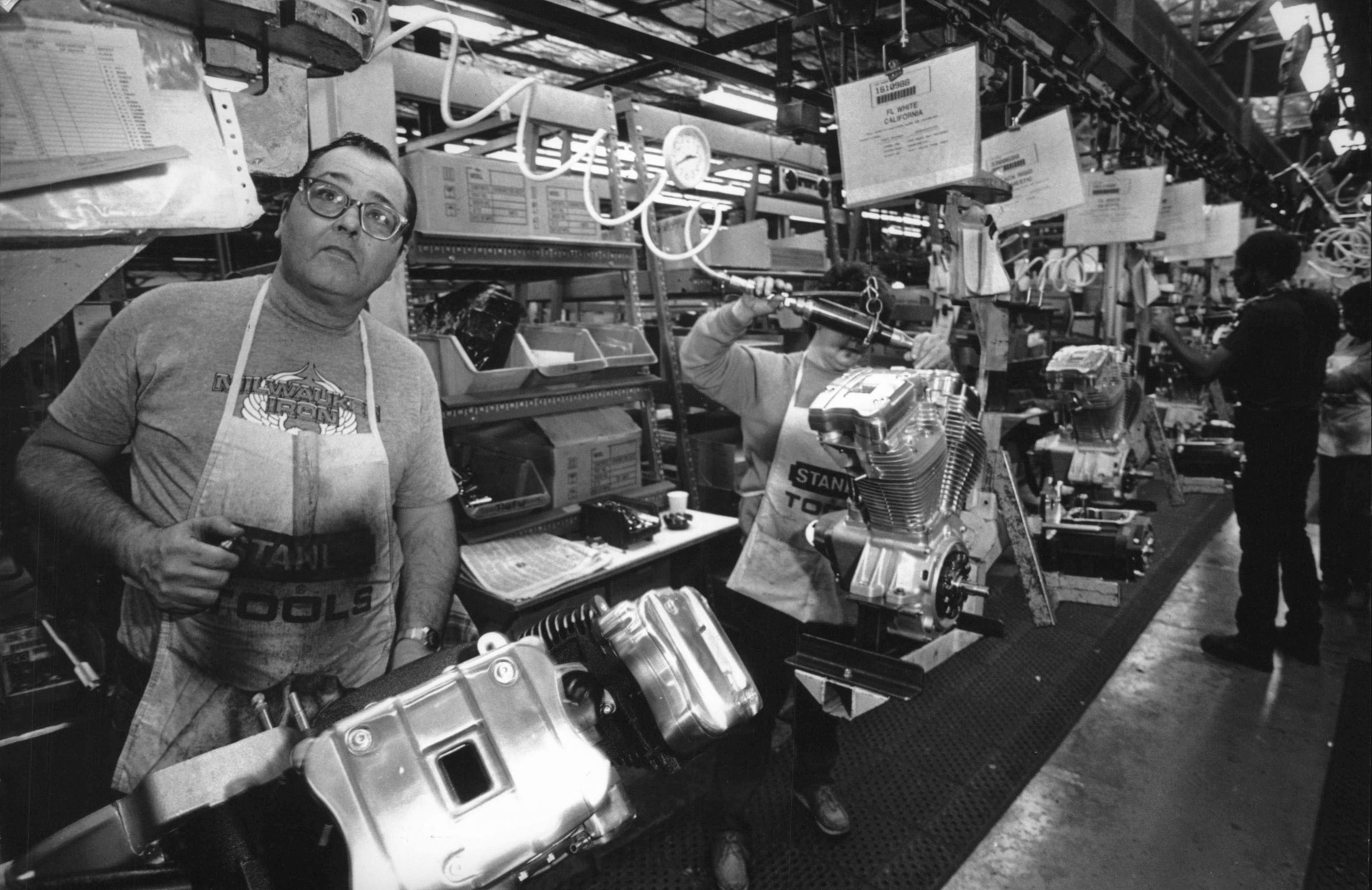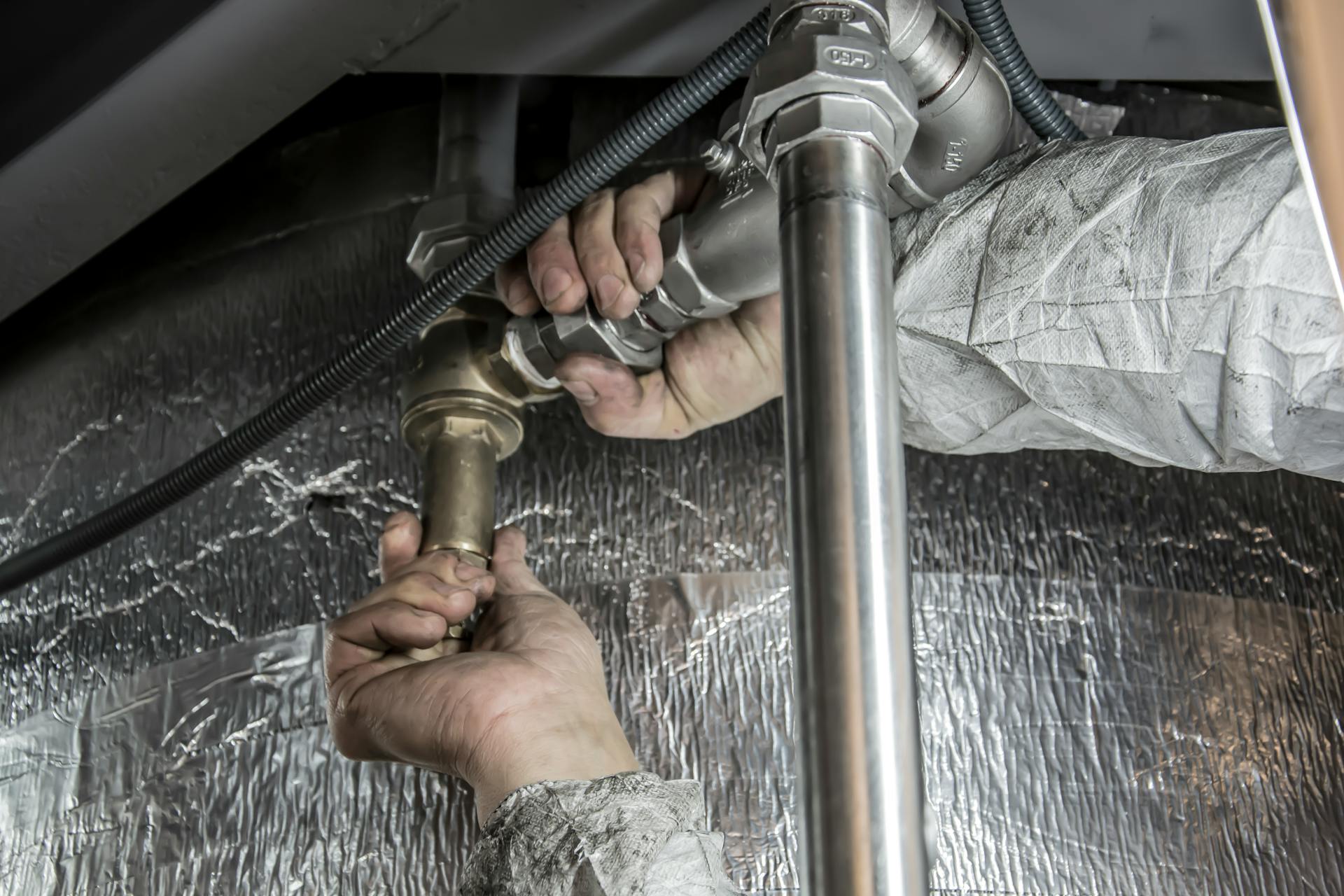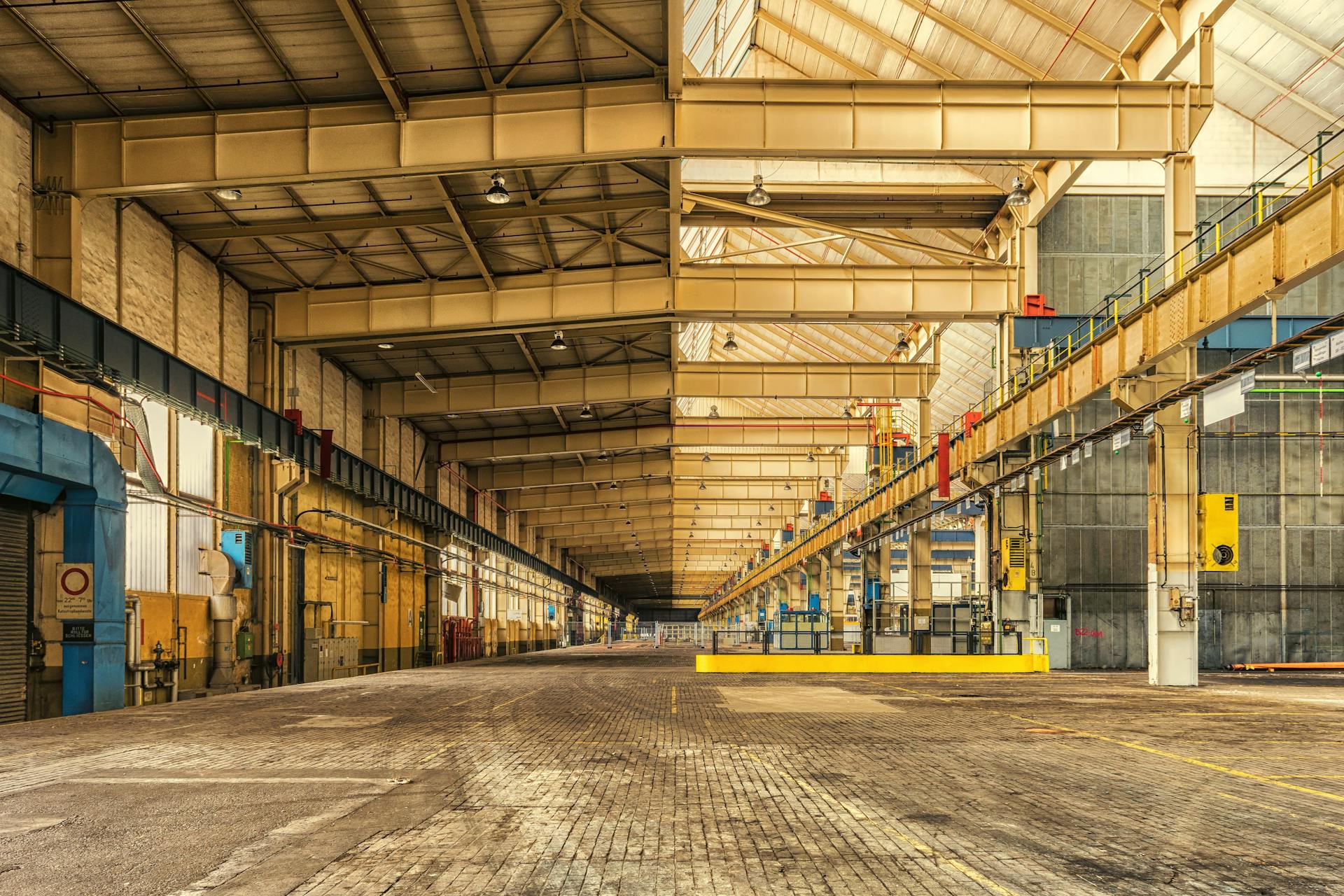U.S. News
As Boomers Retire, Almost 4 Million Manufacturing Jobs Are Opening—But Gen Z Is Rejecting This Trade
By Jake Beardslee · April 19, 2025

Manufacturing Boom Looms as Boomers Retire
As baby boomers retire in droves, America’s manufacturing sector is projected to gain 3.8 million new jobs by 2033, according to a report from Deloitte and the Manufacturing Institute.Yet there’s a major snag: younger workers aren’t interested. Jim Gehrz / Milwaukee Journal Sentinel / USA TODAY NETWORK via Imagn Images

Gen Z Chooses Tools Over Assembly Lines
While Gen Z is increasingly turning away from corporate cubicles in favor of hands-on trade work—like carpentry, plumbing, and electrical work—there’s little enthusiasm for factory jobs, which often offer lower pay, limited flexibility, and lackluster working conditions. Anıl Karakaya / Pexels
Safety and Flexibility Are Dealbreakers for Gen Z
According to research from Soter Analytics, only 14% of Gen Z is open to industrial work, and a quarter see the field as unsafe and inflexible—two major turnoffs for a generation that prioritizes personal agency and well-being on the job. Los Muertos Crew / Pexels
Vocational Enrollment Surges—but Not for Factory Work
Vocational enrollment is on the rise, with community college trades programs seeing a 16% increase, according to the National Student Clearinghouse, and construction trade study participation up 23% year-over-year. But while blue-collar careers offering independence and six-figure earnings are appealing, factory work—averaging just $25 an hour or about $51,890 annually—lags behind other options like plumbing and even restaurant work. Yury Kim / Pexels
Wage Stagnation and Union Decline Blamed for Disinterest
Experts point to stagnant wages and corporate suppression of unions as key reasons why manufacturing roles have lost their allure. “You're up against these huge technological changes in addition to trade and in addition to the fact that people are getting more educated,” said Kyle Handley, an economist at the University of California, San Diego, in an interview with Business Insider. “The country's growing richer, and there are these other jobs in the service sector, which people have gravitated toward.” Kaboompics.com / Pexels
Americans Support Manufacturing—Just Not for Themselves
Despite 80% of Americans agreeing that the nation would benefit from more domestic manufacturing labor, only 25% say they’d actually want to work in a factory, according to polling from the CATO Institute. Pixabay / Pexels
Immigration Cuts Deepen Labor Shortage
Immigration policy adds another complication. Manufacturing has historically relied on immigrant labor, but research from Deloitte shows that recent immigration slowdowns have already strained the workforce. President Trump’s immigration crackdown could further impact labor availability. The White House / Wikimedia